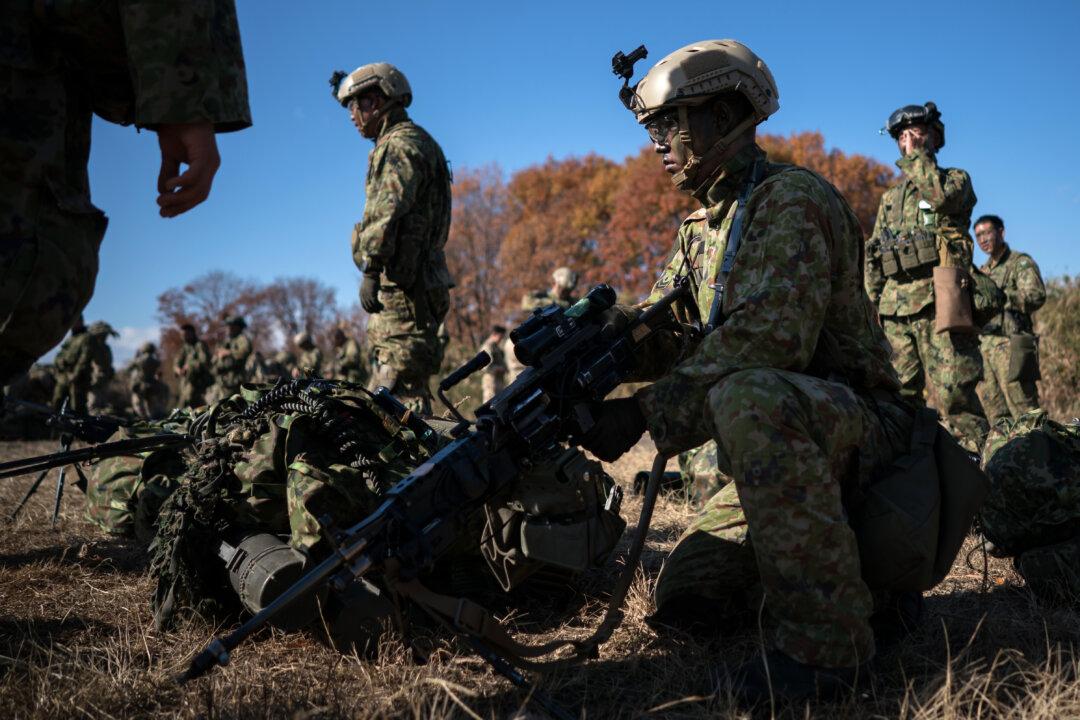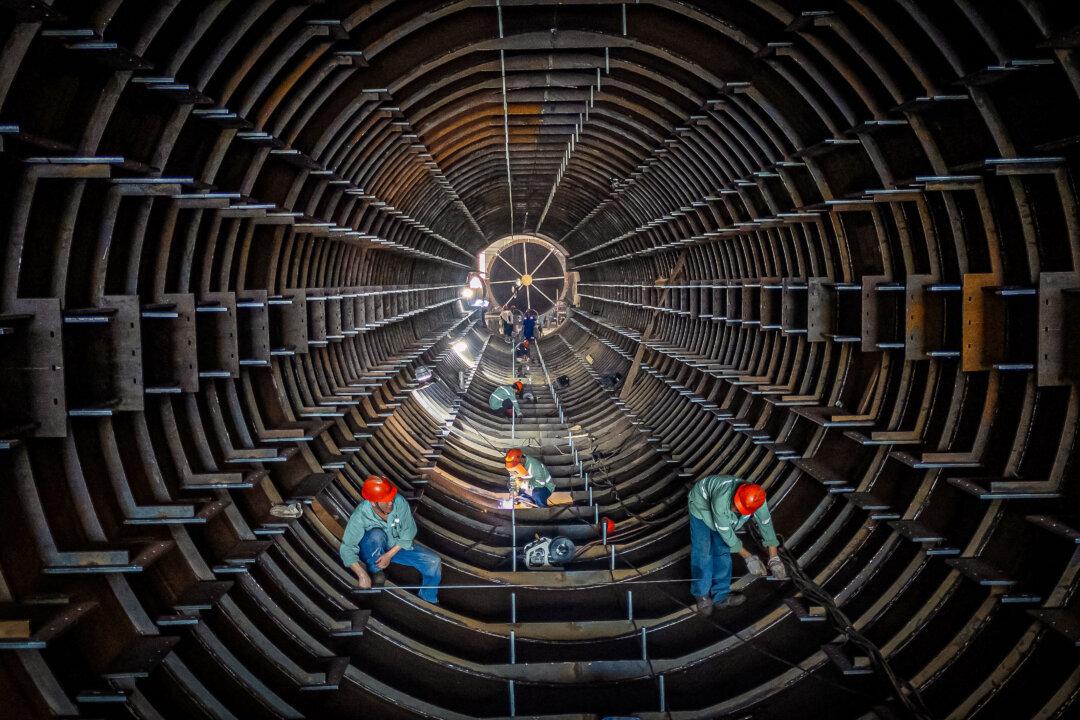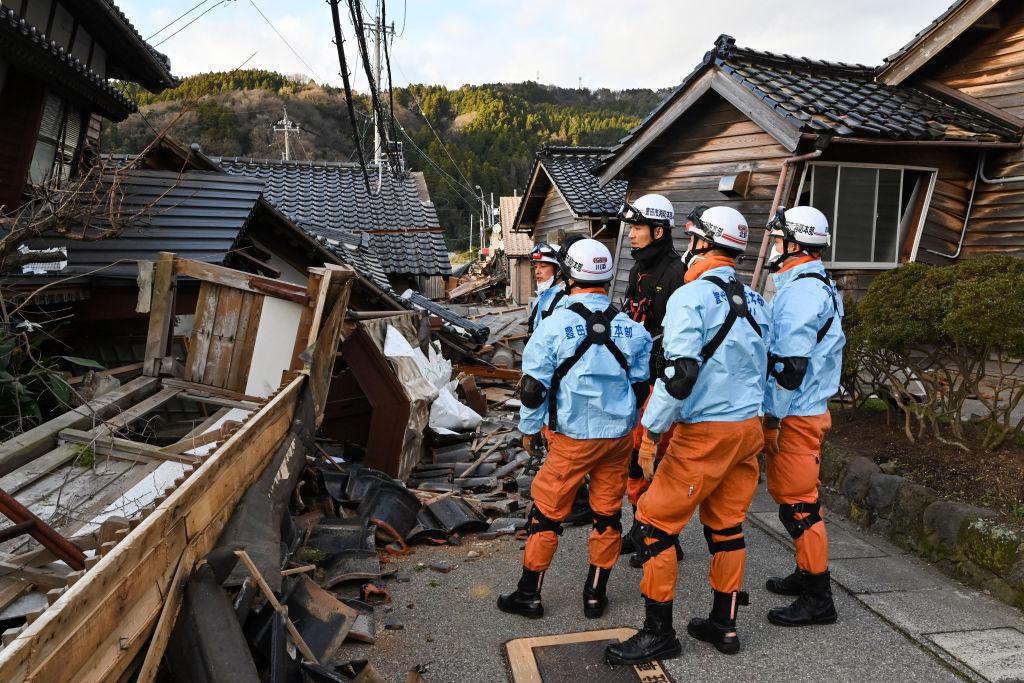As tensions rise in the East China Sea and around Taiwan amid escalating activity by the Chinese Communist Party (CCP), Japan is taking significant steps to reinforce its defense posture. Japan’s defense minister, Kihara Minoru, has underscored the urgent need for bolstering the nation’s southwestern defense capabilities.
China is rapidly increasing its military power and is active in the East China Sea and other areas. Strengthening the defense posture in the southwest region is a top priority,” stated Mr. Minoru recently.





